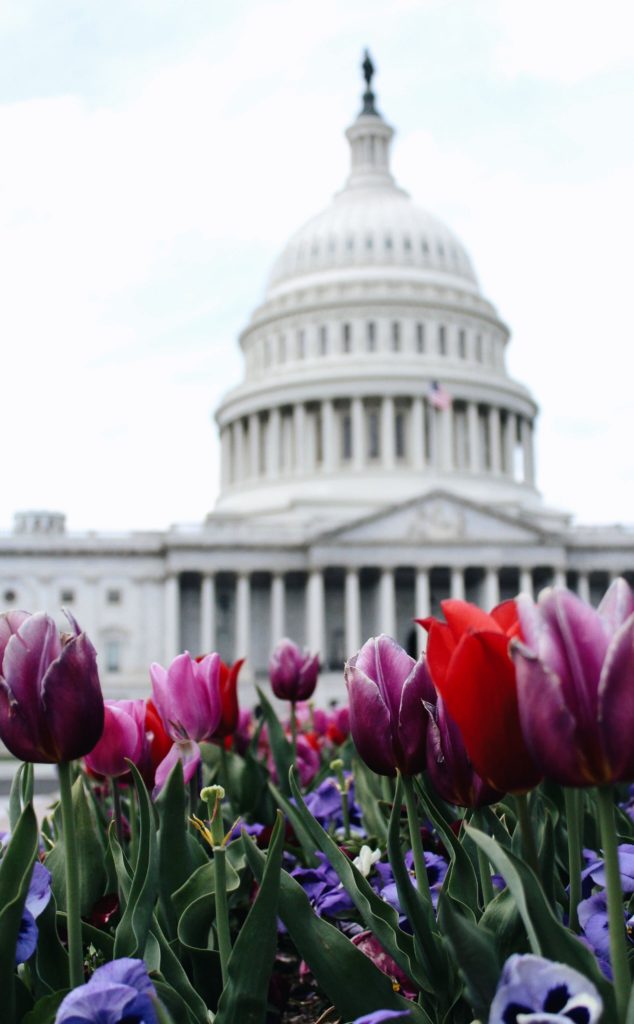
On Thursday, OPM Director Kiran Ahuja appeared at a hearing before the House Oversight and Accountability Committee for around three hours of questioning. Federal News Network tells us
This week, the Oversight and Accountability Committee held seven hearings in the span of just two days. Members are probing fraudulent payments of pandemic relief programs, advances in artificial intelligence (AI) and inflation, to name just a handful.
The FEHBlog listened to the hearing. Much of the questioning at the hearing stems from OPM’s struggles with federal retirement program administration. OPM must deal with an unnecessarily complicated retirement system that Congress created. Congress could solve OPM’s administration/customer service problem by simplifying federal employee retirement laws.
In FEHB news, Ms. Ahuja announced
- OPM will issue the Postal Service Health Benefits Program (“PSHBP”) interim final implementation rule in April 2023. Bear in mind that the statutory deadline is April 6, 2023.
- OPM expects to solve its FEHB eligibility issues by ending the current decentralized approach to FEHB enrollment under which federal agencies hold primary responsibility. Remember that half of the enrollment, the annuitants, already are centralized in the OPM annuitant payroll office. Nevertheless, OPM plans to roll out its new 100% centralized approach with the PSHBP for 2025 and subsequently extend it to legacy FEHB.
- OPM works “hand in glove” with the Postal Service to implement the PSHBP.
- Like FedWeek (as discussed in FEHBlog posts earlier this week), Congress does not understand the FEHB’s hardcore transparent prescription drug pricing program for experience-rated carriers. Director Ahuja did not trumpet OPM’s game-changing decision to allow integrated Medicare Part D EGWPs for 2024.
It’s worth adding that the Federal Times has recognized that OPM has improved FEHB infertility treatment benefits for 2024 and that Govexec.com includes an article about the OPM call letter for 2024 benefit and rate proposals, which includes a misunderstanding of Medicare programs being integrated into FEHB for greater savings.
OPM is encouraging FEHB carriers to offer Medicare Advantage Prescription Drug Employer Group Waiver Plans, which are designed to maximize value to enrolled individuals under FEHB and Medicare. These are special plans more generous than standard Medicare Advantage plans.
In recent years, a growing number of FEHB carriers have offered such plans. They must provide benefits that are at least the same as those offered by other Medicare plans.
Over the past decade, FEHB plans have been integrating Medicare Advantage / Prescription Drug Plans. These are known as MAPDs. Annuitants with Medicare Part A and B coverage can opt into these MAPD plans and receive a Part B premium subsidy, among other benefits.
In a January 2023 carrier letter and the February 2023 call letter, OPM informed carriers of a new opportunity to offer Medicare Part D EGWPs. These “new to FEHB” Part D prescription drug plans, which can be integrated with FEHB Rx benefits, are open to all Medicare prime annuitants, including Medicare Part A only members.
With the current integrated MAPD plans, opting-in annuitant members must pay the Medicare Part B premium adjusted for the Plan subsidy. With the Part D PDPs / EGWPs, the Plan covers the Part D premiums for the participating members.
In regular Friday post news, here are links to the CDC’s Covid Data Tracker, which continues to show downward trends in new cases, hospitalizations and deaths, and the CDC’s weekly Fluview, which indicates, as folks know, that the flu epidemic is over.
The FEHBlog also suggests that readers listen to the 15-minute long, eye-opening Wall Street Journal podcast on fentanyl test strips.
